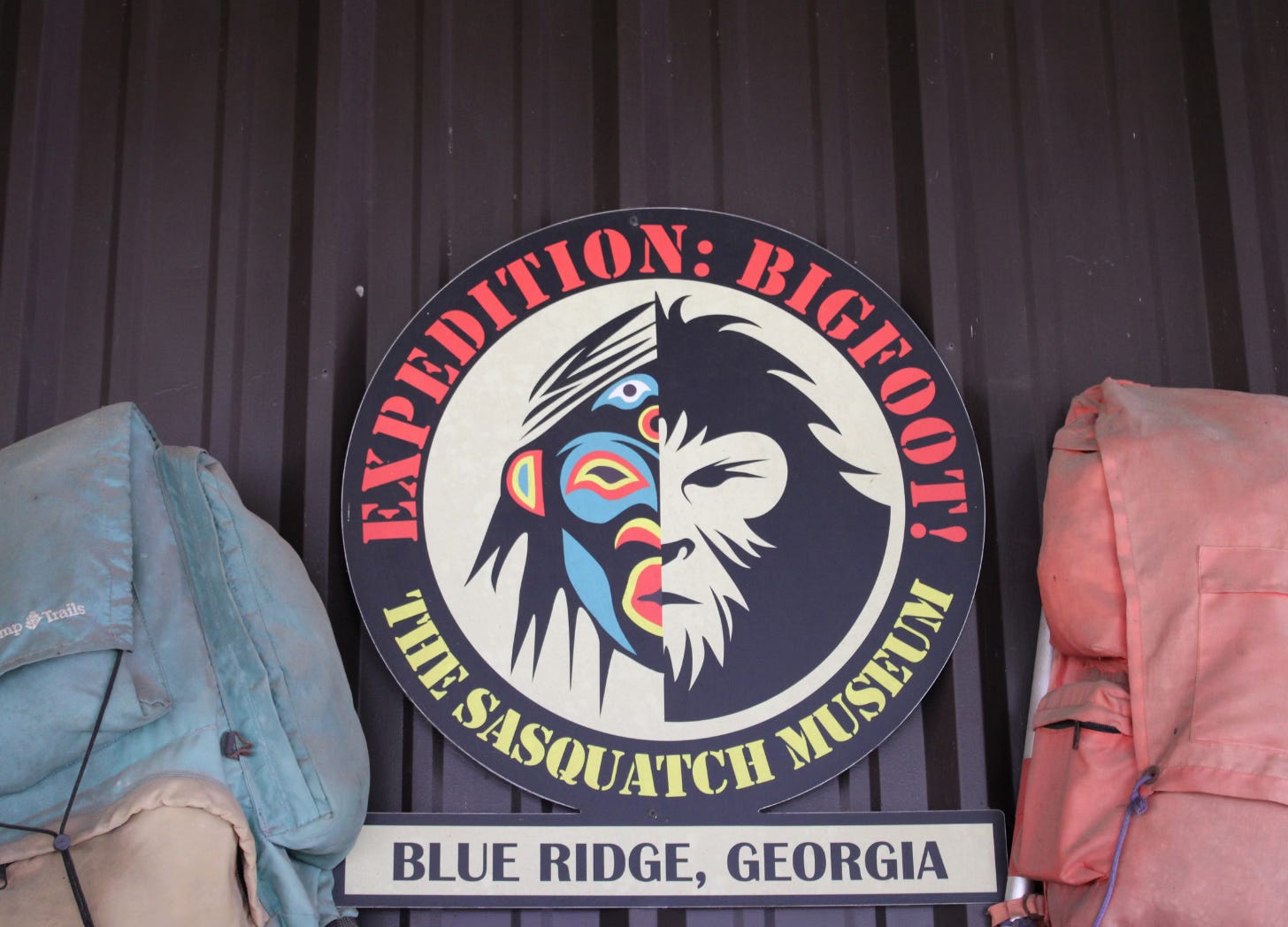Field Notes from The Sasquatch Museum
On Apples, Archetypes, and the Mysteries We Still Chase

On Tuesday, the apples were heavy on the trees in northern Georgia, their skins shining a rich red, minty green, and gold in the late September sunshine. A beautiful day to wander an orchard, choosing the perfect apples for fa…



